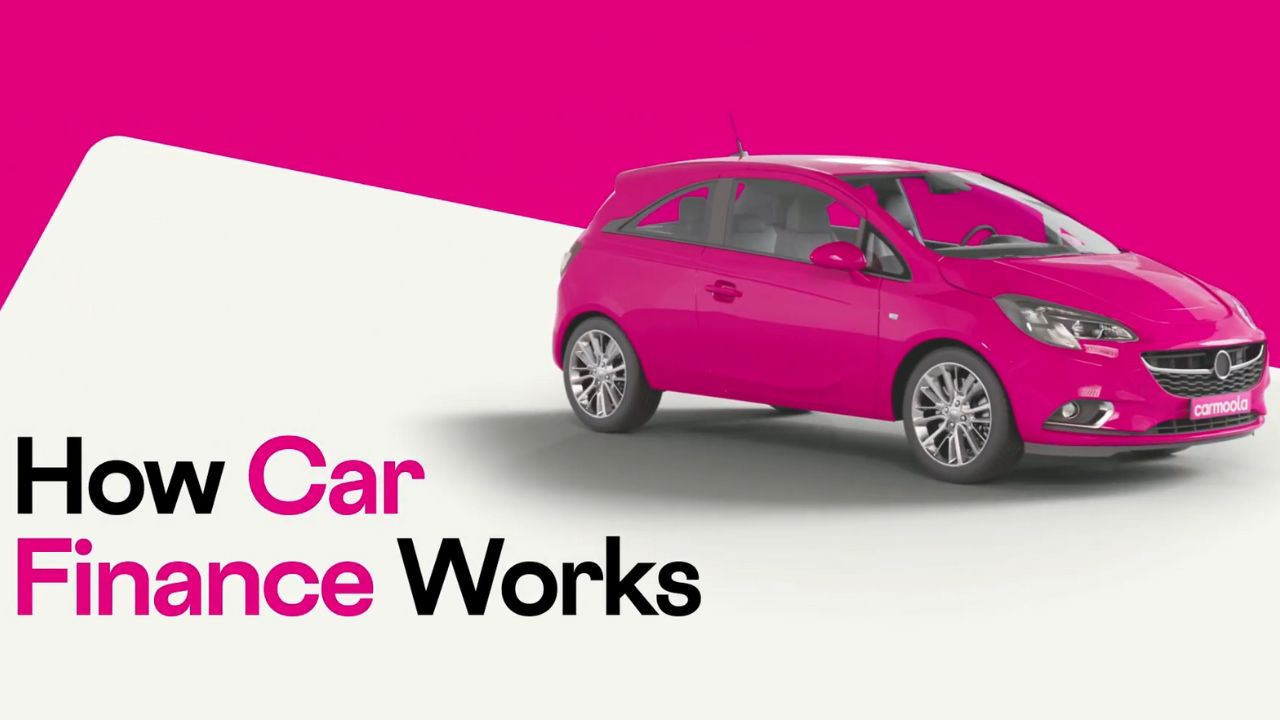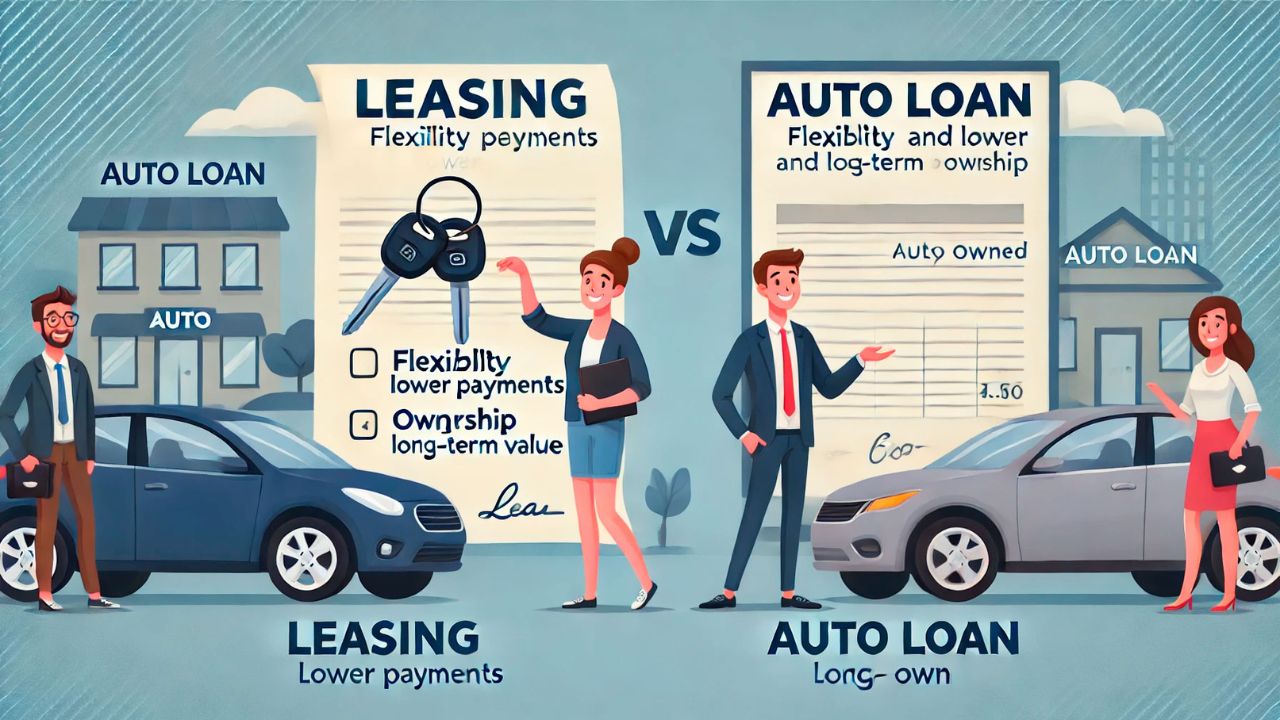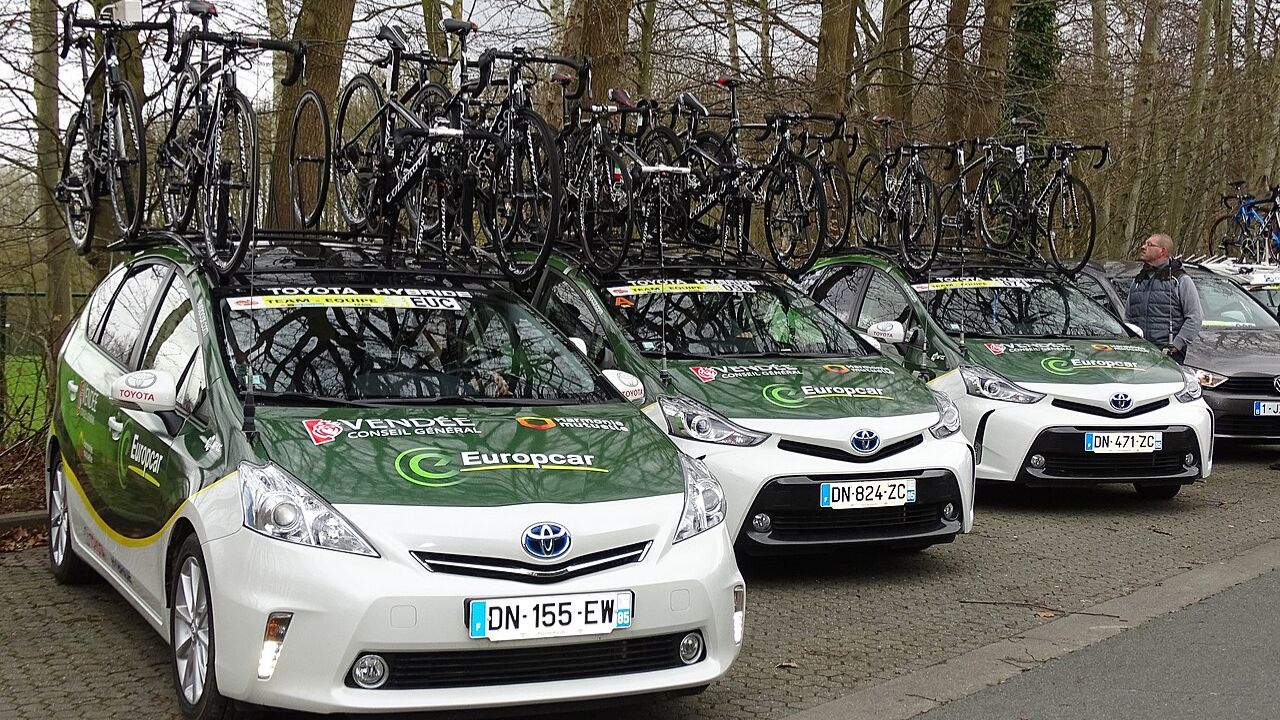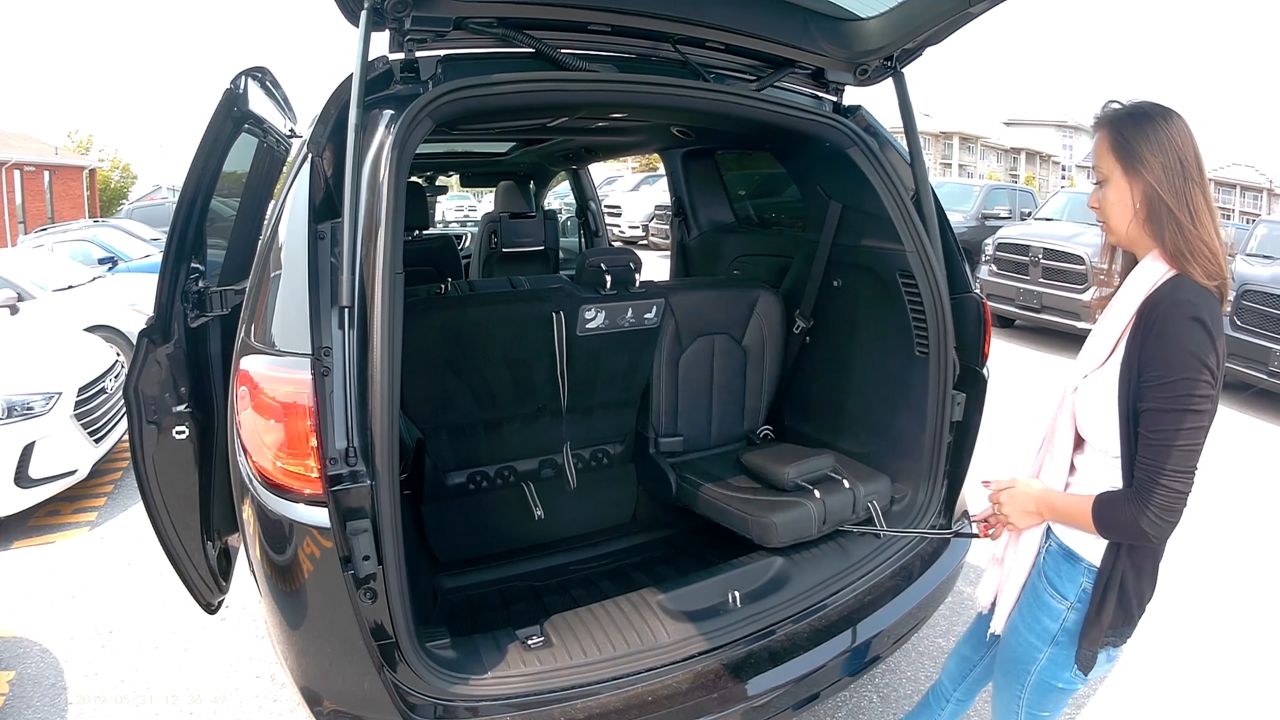When considering a new vehicle, the decision between leasing and financing can significantly impact your financial health and driving experience. Both options have unique advantages and challenges, making understanding their economic implications crucial. Exploring the cost dynamics, benefits, and drawbacks of car leasing versus financing will help you make an informed decision.
Understanding Car Leasing

Car leasing is essentially a long-term rental agreement where you pay to use a vehicle for a specified period, typically two to four years. Unlike buying a car outright, leasing involves paying for the car’s depreciation during the lease term, plus interest and fees, rather than the vehicle’s entire cost. This process often includes an upfront payment called a capitalized cost reduction, which functions like a down payment, and monthly lease payments.
Leases usually come with specific terms and conditions. These often include mileage limits, typically ranging from 10,000 to 15,000 miles per year, with penalties for exceeding those limits. The lease length is predetermined, and at the end of the lease, you usually have the option to buy the car at a predetermined price, return it, or lease a new vehicle. These terms are designed to maintain the vehicle’s value and manage its depreciation.
Leasing offers several advantages, such as lower monthly payments compared to financing the same car. This can make it easier to afford a more expensive model or trim level. Additionally, leases often include warranty coverage for the duration of the term, minimizing repair costs. However, leasing also has its drawbacks. Mileage restrictions can limit your driving freedom, and since you do not own the car, you cannot modify it. Moreover, at the end of the lease, you have no equity in the vehicle, which means you do not own it unless you decide to purchase it.
Exploring Car Financing

Financing a car involves taking out a loan to purchase the vehicle, which you then repay over time with interest. This process typically includes a down payment, monthly payments, and an interest rate determined by your credit score and the loan term. Once the loan is paid off, you own the car outright, and it becomes a tangible asset.
One of the main benefits of financing is building equity in the car. As you make payments, you gradually own more of the vehicle, and once the loan is paid in full, you have a valuable asset that can be sold or traded in. This is a significant advantage over leasing, where you own nothing at the end of the lease term. Additionally, financing offers more freedom to customize your car, whether by adding aftermarket parts or personalizing the interior, which can be restricted in a lease.
However, financing does come with higher monthly payments compared to leasing, as you are paying for the entire cost of the car plus interest. This can limit your ability to purchase a more expensive vehicle. Additionally, the responsibility for maintenance and repairs falls entirely on you once the warranty expires, which can be costly. Despite these challenges, the long-term benefits of ownership and equity can outweigh the immediate financial burden for many buyers.
Cost Comparison: Leasing vs Financing

When comparing the monthly payments of leasing versus financing, leasing often emerges as the more affordable option on a month-to-month basis. For example, leasing a 2023 Honda Accord might cost around $250 per month, while financing the same vehicle could cost upwards of $400 per month, depending on the loan terms and interest rate. This significant difference in monthly costs is due to leasing covering only the vehicle’s depreciation during the lease term, rather than its entire value.
Depreciation is a critical factor in both leasing and financing. When you lease, you are primarily paying for the car’s anticipated depreciation, which is why understanding the vehicle’s residual value—the estimated worth at the end of the lease—is crucial. A higher residual value means lower lease payments. In contrast, when financing, the depreciation impacts the car’s resale value, which can influence the total cost of ownership over time.
Considering the long-term financial impact, leasing might seem cheaper initially, but financing can be more cost-effective in the long run. Ownership allows you to build equity and potentially recoup some costs through resale or trade-in. Moreover, financing can provide more stability as you are not subject to lease-end charges or mileage penalties, which can add up if you exceed the agreed limits.
Factors Influencing Your Decision

Your lifestyle and driving habits play a significant role in the decision between leasing and financing. If you drive a lot of miles annually or frequently travel for work, leasing might not be the best option due to mileage restrictions and potential penalties. On the other hand, if you value having the latest technology and safety features, leasing can allow you to upgrade to a new model every few years without the hassle of selling your current vehicle.
Your financial situation is another crucial consideration. A strong credit score can secure better interest rates for financing, while a lower score might make leasing more attractive due to easier qualification standards. Additionally, your available down payment and long-term financial goals should guide your choice. Financing requires more upfront and monthly payments but offers the benefit of ownership, while leasing offers lower immediate costs but no long-term asset.
Finally, consider your future plans and need for flexibility. If you anticipate major life changes, such as starting a family or relocating for work, the flexibility of leasing—where you can easily transition to a different vehicle at the end of the lease term—might be appealing. However, if you plan to keep the car for many years, financing and eventual ownership might align better with your goals.
Making the Right Choice

Ultimately, choosing between leasing and financing should align with your personal and financial goals. Consider whether the long-term benefits of ownership and equity through financing outweigh the immediate affordability and flexibility of leasing. Evaluate how each option fits your lifestyle, driving habits, and budget.
Seeking professional advice from financial advisors or automotive experts can provide personalized insights tailored to your specific situation. They can help you weigh the pros and cons and make a decision that supports your long-term financial well-being. Remember, the right choice depends on your unique circumstances and priorities.
When making your decision, consider the key points discussed, such as cost, ownership, and personal preferences. An informed choice that takes into account all these factors will ultimately lead to a satisfying car ownership experience, whether you opt to lease or finance your next vehicle.
Like Fast Lane Only’s content? Be sure to follow us.
Here’s more from us:
*Created with AI assistance and editor review.






Leave a Reply